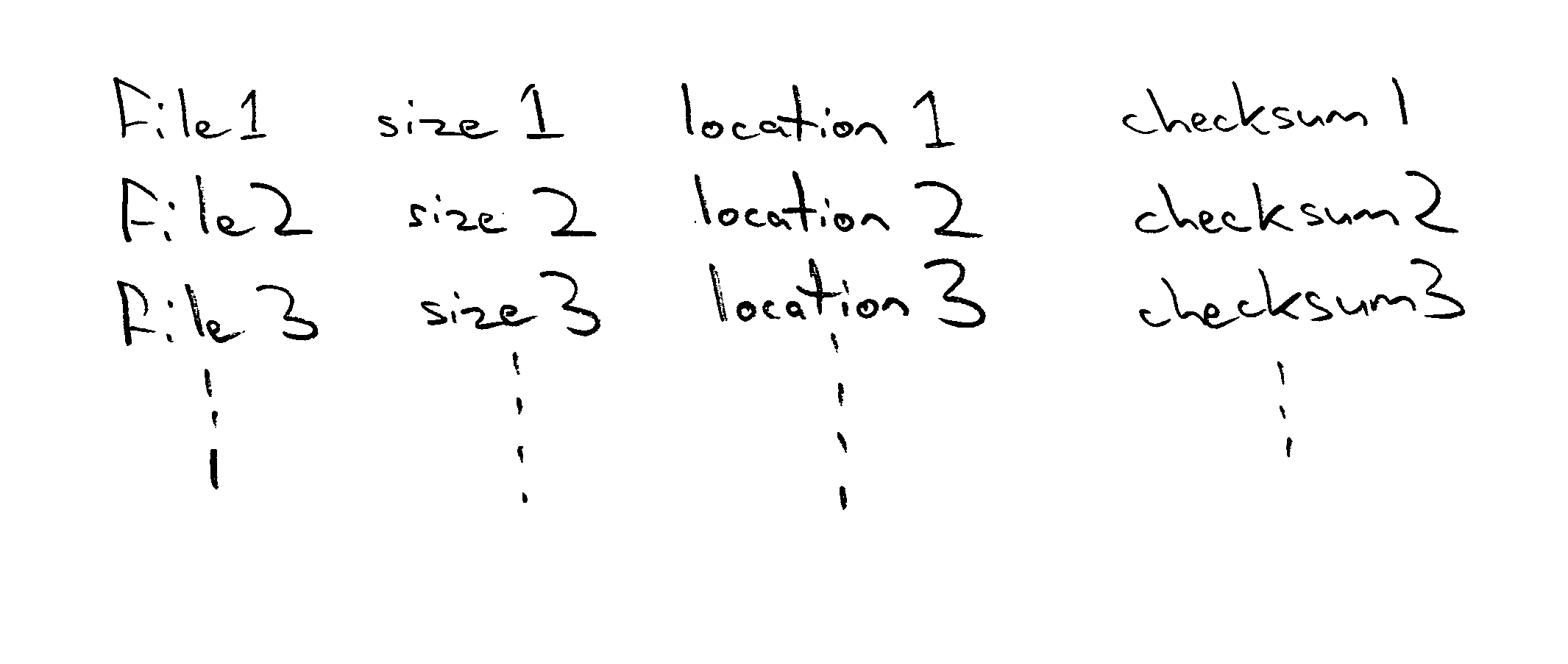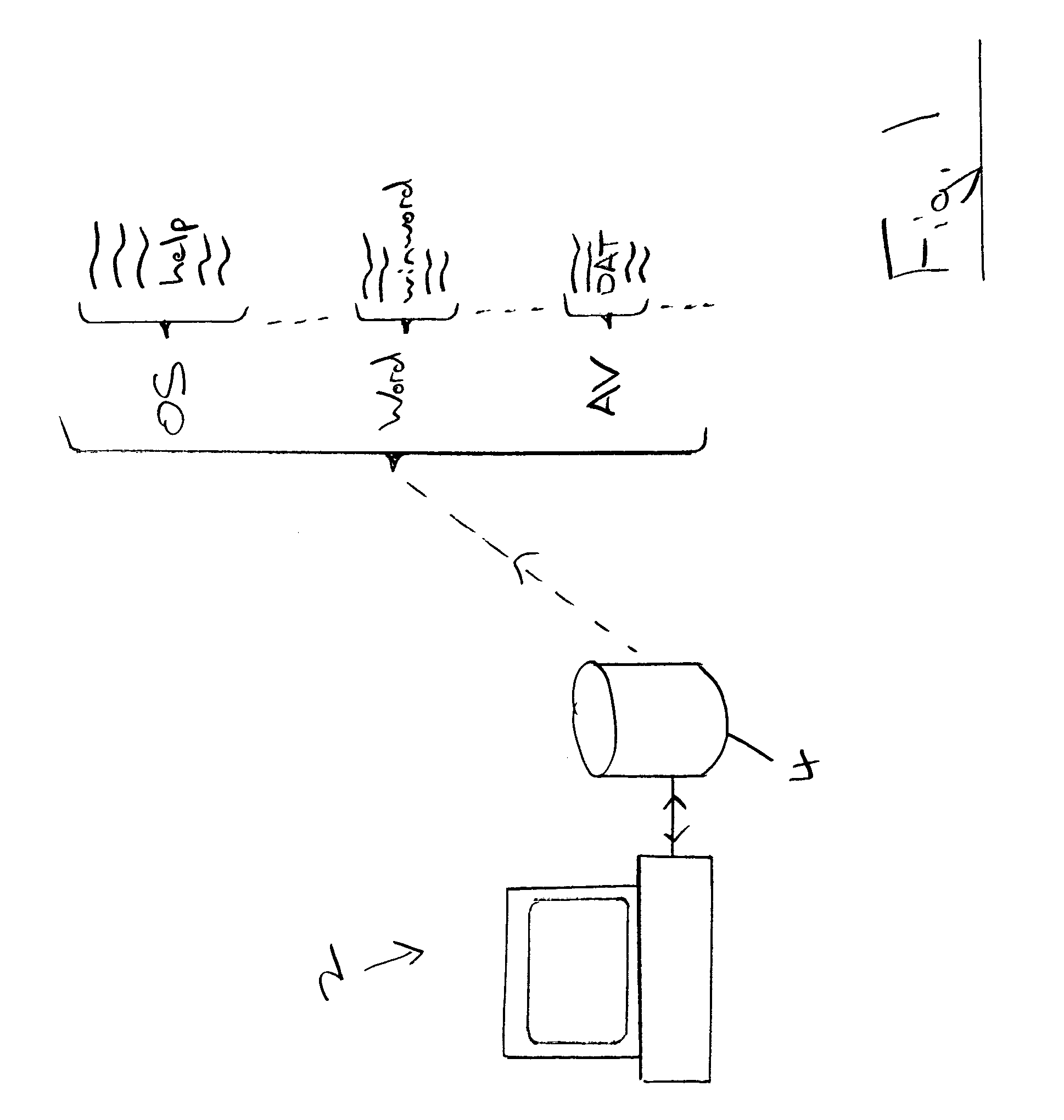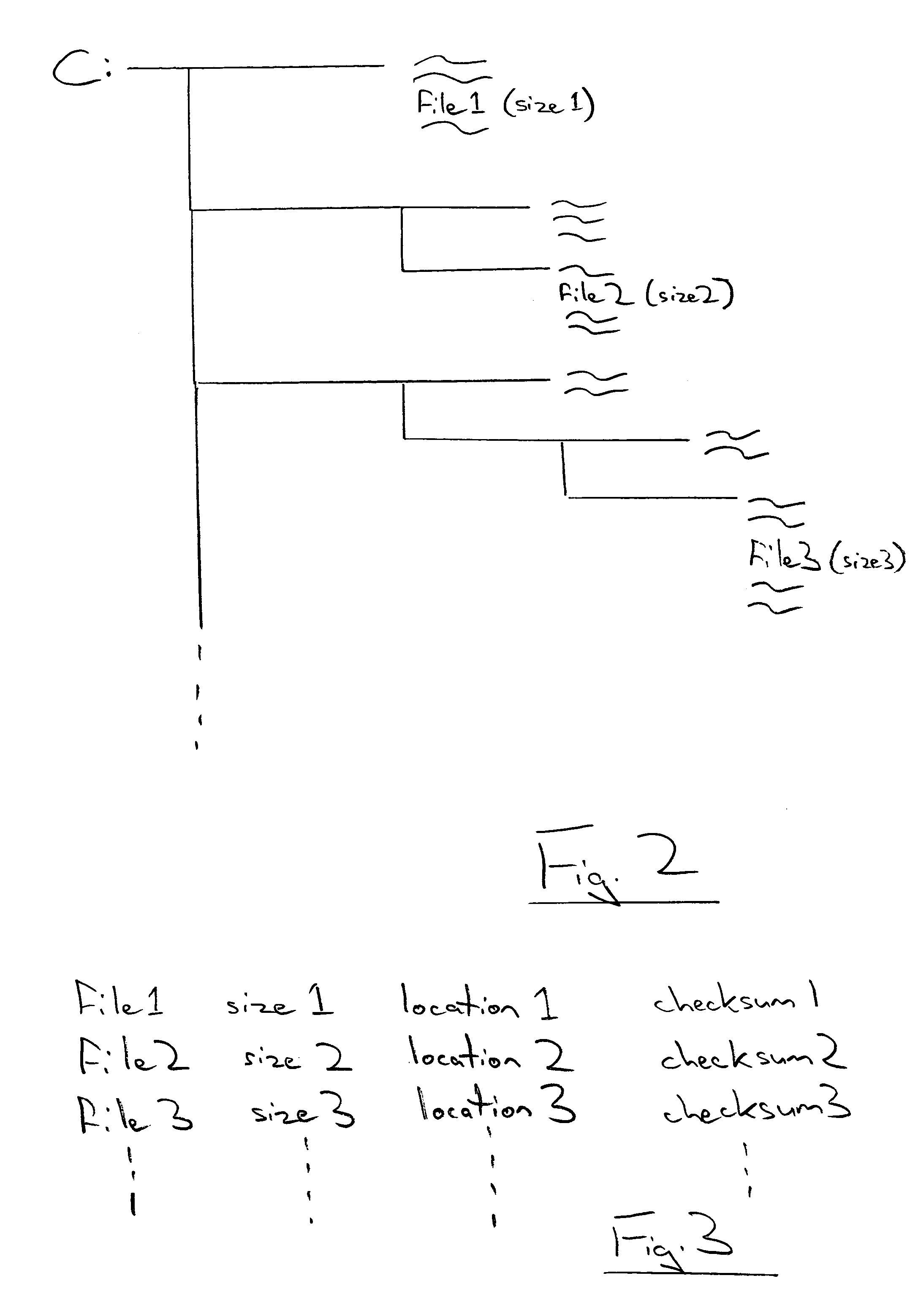Pre-approval of computer files during a malware detection
a malware detection and file technology, applied in the field of data processing systems, can solve the problems of increasing the amount of processing required and accordingly time needed to conduct malware detection, affecting the responsiveness of the computer system, and increasing the number of computer viruses. achieve the effect of quick performan
- Summary
- Abstract
- Description
- Claims
- Application Information
AI Technical Summary
Benefits of technology
Problems solved by technology
Method used
Image
Examples
Embodiment Construction
[0032]FIG. 1 illustrates a computer 2 including a hard disk drive 4. The computer 2 includes malware detection software (AV software) which can perform both on-access and on-demand scanning. Also illustrated as stored upon the hard disk drive 4 are an operating system and an application program such as Microsoft Word word processing, which is commonly found upon many computers 2.
[0033]FIG. 2 schematically illustrates the directory structure used by the hard disk drive 4 to store the computer files. As illustrated, various directories and subdirectories are provided. Particular files which may be subject to pre-approval have known file names and sizes. They are also typically stored within the same or a determinable relative location within the directory structure from system to system. For example, certain computer files might always be stored in the root directory, certain computer files always stored in a WINNT directory, an OFFICE directory or the like. The location may also be d...
PUM
 Login to View More
Login to View More Abstract
Description
Claims
Application Information
 Login to View More
Login to View More - R&D
- Intellectual Property
- Life Sciences
- Materials
- Tech Scout
- Unparalleled Data Quality
- Higher Quality Content
- 60% Fewer Hallucinations
Browse by: Latest US Patents, China's latest patents, Technical Efficacy Thesaurus, Application Domain, Technology Topic, Popular Technical Reports.
© 2025 PatSnap. All rights reserved.Legal|Privacy policy|Modern Slavery Act Transparency Statement|Sitemap|About US| Contact US: help@patsnap.com



